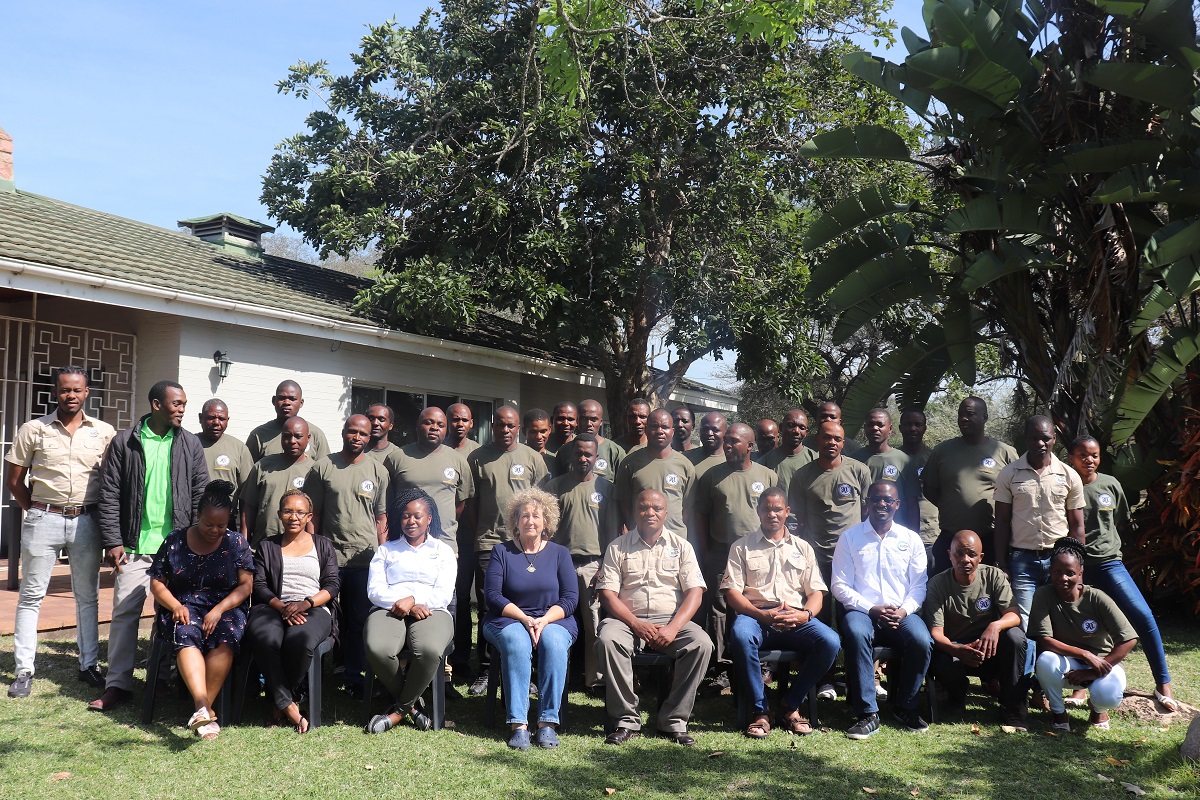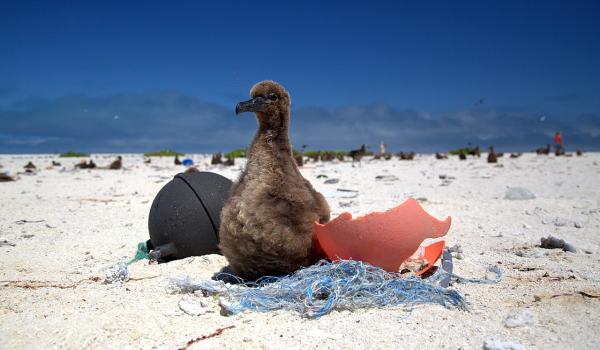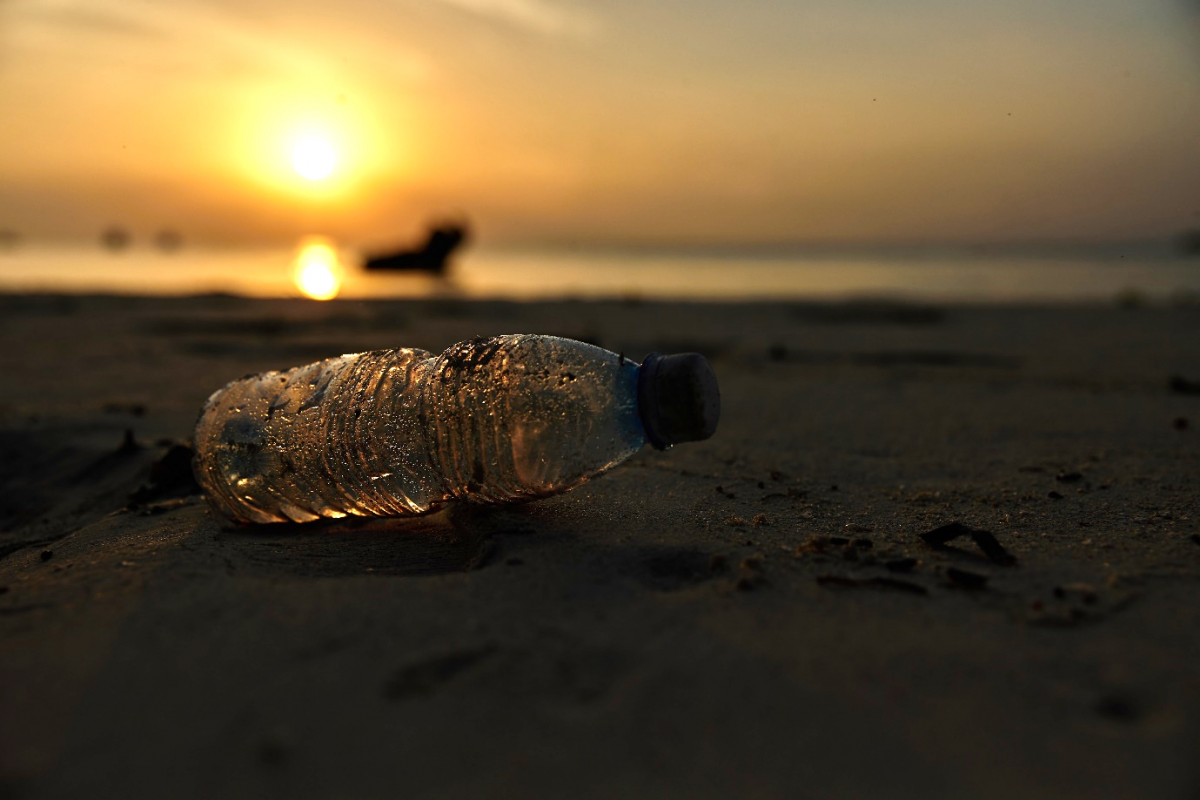Strengthening Conservation in Mozambique: A Collaboration for Niassa Special Reserve
In November, IUCN ESARO and Wildlife Conservation Society Mozambique signed a grant agreement funded by the SADC TFCA Financing Facility and the German Development Cooperation. This significant 200,000 Euro grant is dedicated to bolstering law enforcement and addressing human-wildlife conflict in Mozambique's expansive Niassa Special Reserve, a key step in safeguarding one of Africa's largest conservation areas.
In November, a significant stride was made in the field of conservation with the International Union for Conservation of Nature's Eastern and Southern Africa Regional Office (IUCN ESARO) signing a grant agreement with Wildlife Conservation Society Mozambique. Funded by the SADC TFCA Financing Facility through the German Development Cooperation and KfW, this grant of up to 200,000 Euros is earmarked for enhancing law enforcement and mitigating human-wildlife conflict in Mozambique's largest conservation area, the Niassa Special Reserve (NSR).
Encompassing an impressive 42,300 km2 and representing 31% of Mozambique's protected areas, NSR is a key ecological haven, connecting to the Selous (Nyerere) Game Reserve in Tanzania. This strategic grant, managed by WCS in partnership with Administração Nacional para Áreas de Conservação (ANAC), will support critical conservation efforts including anti-poaching patrols and ranger welfare, alongside enhancing ranger responses to human-wildlife conflicts.
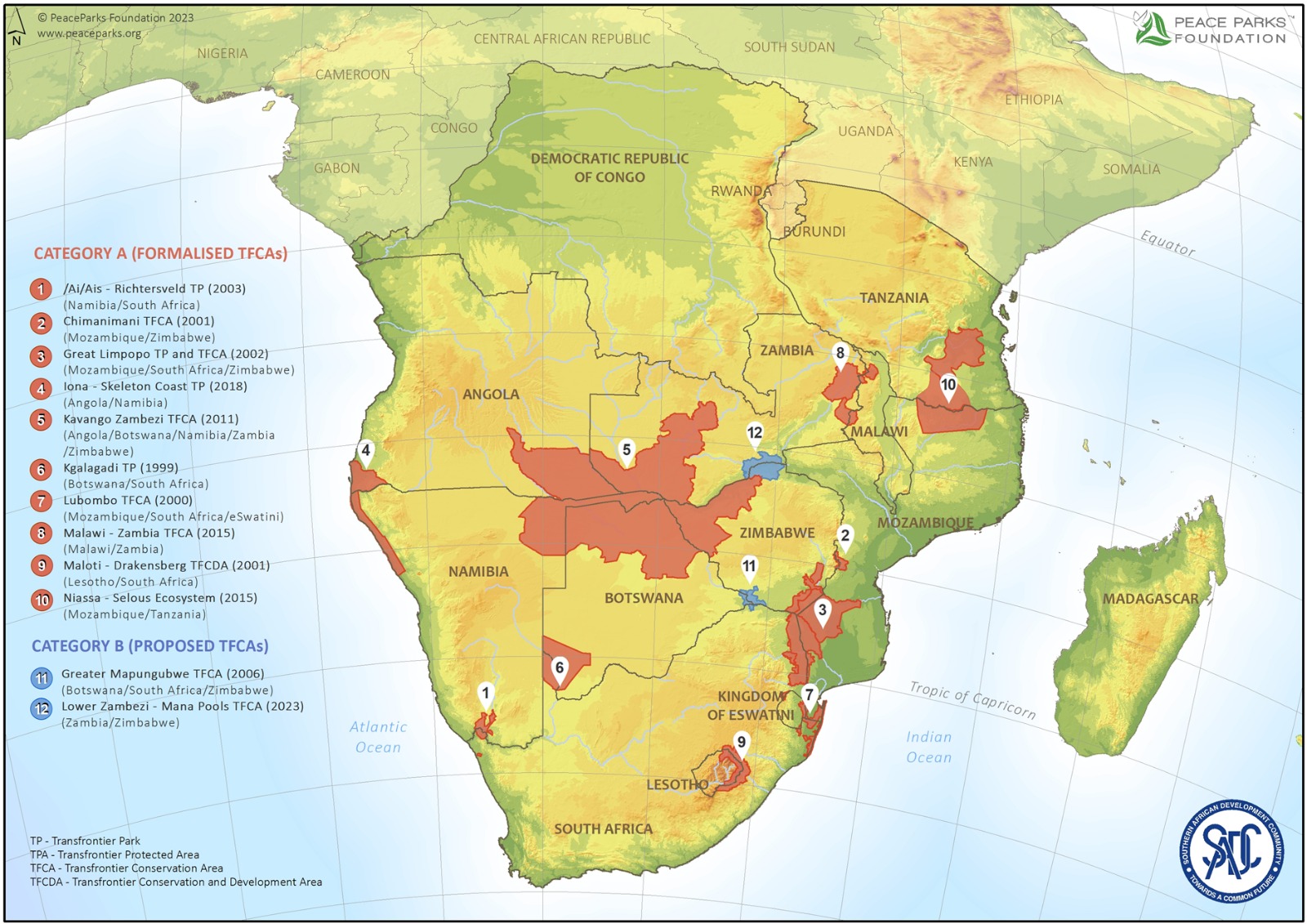 Map of Niassa Special Reserve in the context of Niassa-Selous TFCA
Photo: SADC Secretariat
Map of Niassa Special Reserve in the context of Niassa-Selous TFCA
Photo: SADC Secretariat
WCS and ANAC signed a Co-management Agreement which enables the two parties to work jointly on park management operations and resource mobilisation. Afonso Madope Country Director for WCS Mozambique, speaks to the significance of this initiative stating, “Niassa Reserve, the largest protected area in Mozambique, is home to over 60,000 people and a hotspot for wildlife poaching and timber trafficking. Despite these challenges, it harbours the country's largest elephant population and the most viable wild dog population, making it crucial for biodiversity conservation. The IUCN-SADC TFCA FF grant, focused on law enforcement operations, human-wildlife conflict mitigation, and infrastructure improvements at NSR HQ, represents a vital collaboration between the Government of Mozambique through ANAC, IUCN, and WCS. This grant is a commitment to the biodiversity conservation in Niassa-Selous TFCA, leveraging on WCS's extensive conservation experience."
In this context, we sit down with IUCN ESARO's Kudakwashe Chigodo, Team Leader for the Southern Africa Development Corporation (SADC) Transfrontier Conservation Areas (TFCA) Financing Facility, to delve deeper into this collaborative effort and its implications for conservation in the region.
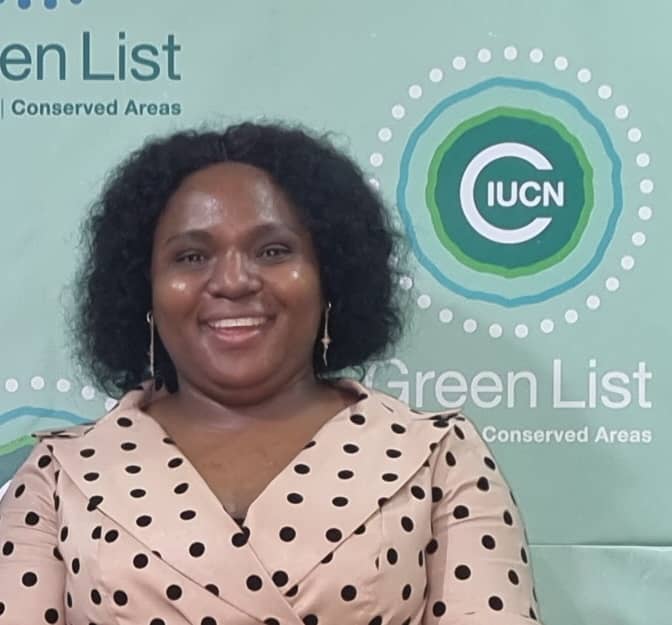 Kuda Chigodo: Team Leader, SADC TFCA Financing Facility
Photo: Kudakwashe Chigodo
Kuda Chigodo: Team Leader, SADC TFCA Financing Facility
Photo: Kudakwashe Chigodo
What does the grant agreement between IUCN ESARO and WCS Mozambique entail for law enforcement and human-wildlife conflict mitigation in Niassa Special Reserve?
The grant focuses on enhancing law enforcement and ranger patrols in Eastern Niassa Special Reserve, coupled with efforts to reduce human-wildlife conflict incidents in the Central Mecula/Mussoma corridor.
What is the main conservation objective of the grant?
The grant aims to contribute towards reducing illegal activities in NSR's Eastern Sector and strengthen the capacity of human-wildlife conflict response teams, thereby enhancing the reserve's conservation efforts.
How does the Niassa Special Reserve contribute to broader conservation efforts in Mozambique and the region?
NSR is one of Africa's largest protected areas and plays a vital role in regional conservation efforts. It's a key component of the Niassa-Selous Transfrontier Conservation Area - a massive natural ecological area which also includes the Ruvuma Landscape, home to significant wildlife populations and a crucial connector of ecosystems."
What are the future aspirations of the SADC TFCA Financing Facility?
Protected and Conserved areas in SADC TFCAs require consistent funding to conserve biodiversity and promote sustainable development for people living in these areas. More effort is required to keep the transboundary ecosystems connected.
The SADC TFCA Financing Facility aims to continue supporting TFCAs across the SADC region, with a goal of mobilizing 100 million Euros to sustain and expand conservation efforts in Southern Africa.
Through strategic partnerships and focused actions, IUCN ESARO is poised to contributing to the region's wildlife conservation and community development.


